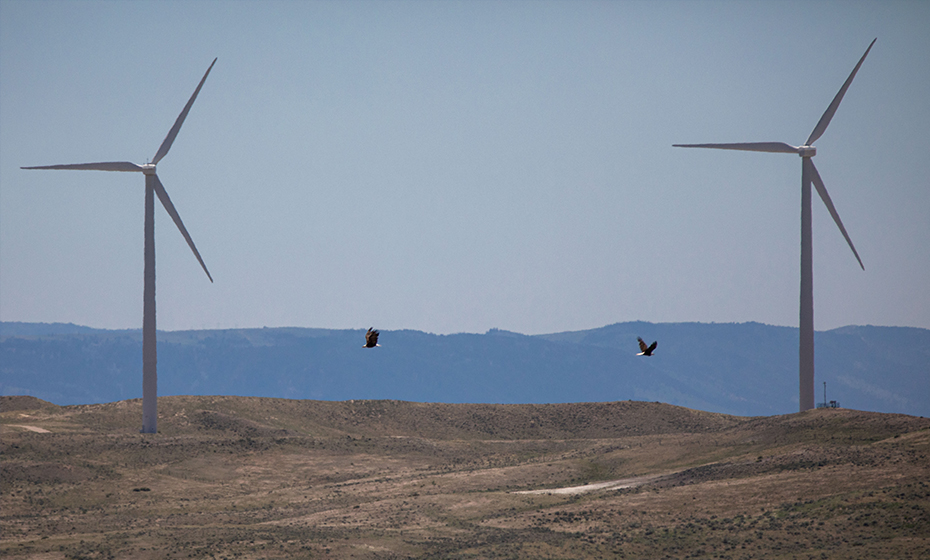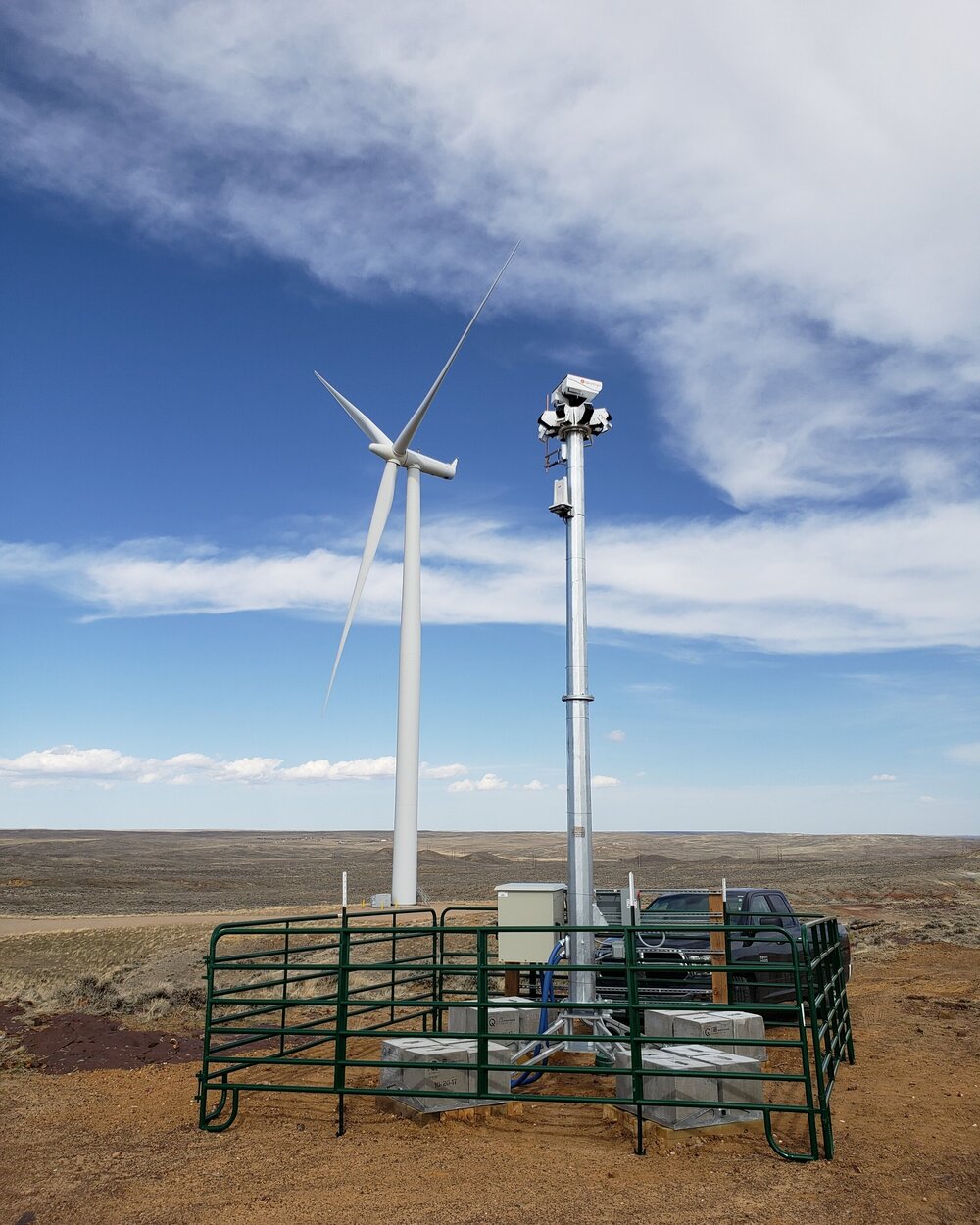
- Inspiring People -
- 4mins -
- 665 views
Research shows AI camera technology greatly reduces bird fatalities at wind farms
Wind farms using IdentiFlight artificial intelligence (AI) camera technology can detect over 5 times more bird flights than human observers alone — the system is able to identify birds from a distance with an accuracy rate of 94%, and shut the turbines down before they approach.
Research shows IdentiFlight camera technology greatly reduces wind turbine eagle fatalities
New study by researchers from The Peregrine Fund finds that using IdentiFlight, an automated computer vision system that shuts off wind turbines when it detects eagles, can reduce eagle fatalities by 82%. The findings are published in Journal of Applied Ecology and reported by the British Ecological Society.

Use of the new IdentiFlight system resulted in an 82% reduction of eagle fatalities
Wind energy is an important technology as society moves toward identifying green sources of energy. However, points out a Peregrine Fund press release published by the British Ecological Society, wind turbines can cause a negative impact on local wildlife, including bird and bat fatalities, which occur when they collide with rotating turbine blades.
In a recently released study, “Eagle fatalities are reduced by automated curtailment of wind turbines,” in the Journal of Applied Ecology, researchers from The Peregrine Fund, Western EcoSystems Technology, Inc., and the U.S. Geological Survey, tested an automated computer vision system called IdentiFlight. This system is designed to use cameras and machine learning to detect eagles near turbines, so turbines can be shut off, reducing fatalities of eagles at wind energy sites. Use of the new IdentiFlight system resulted in an 82% reduction of eagle fatalities.
IdentiFlight is an automated curtailment system consisting of cameras and software programed for detecting flying objects, classifying them, and stopping turbines from spinning when an eagle is at threat of collision. The study to test IdentiFlight was performed at Duke Energy Renewables’ Top of the World Windpower facility in Wyoming, USA and included before and after studies as well as control and treatment sites.
The research determined that the number of fatalities at the treatment site declined by 63% between the before and after periods of testing IdentiFlight while fatality numbers increased at the control site by 113%. These estimates are corrected for seasonal and site-specific variation in rates of detection of eagle carcass and rates of removal of carcasses by scavengers.
Dr. Chris McClure, Director of Global Conservation Science at The Peregrine Fund and lead author on this study, concludes, “These results show that using the IdentiFlight system can lessen numbers of fatalities of eagles at wind energy facilities, reducing the conflict between wind energy and raptor conservation.”
Read in full the Peregrine Fund press release published by the British Ecological Society.
Source: British Ecological Society

IdentiFlight protects species via targeted curtailment of turbines
5-Step Journey to Curtailment
1. Detection
A bird is flying and comes within range as the IdentiFlight constantly analyses wide-field images with its eight camera array, detects movement and points the stereo cameras at the bird, locking onto it.
2. Classification
IdentiFlight determines the distance of the bird with the stereo cameras then classifies it based on a neural network and the bird’s physical characteristics. The system then sends the data to a local database and the Base Station. Note: These first two steps occur in milliseconds!
3. Data Delivery
The base station sends the data to the graphical display on site, the curtailment module for analysis, and to the IdentiFlight Dashboard for real-time operational and data analysis.
4. Flight Analysis
The curtailment module analyses bird flight path in relation to wind turbines and determines whether to curtail the turbine. Curtailment may be triggered by proximity, trajectory, or flight characteristics.
5. Curtailment
If the curtailment module detects a bird is in danger it will send off a curtailment signal to customer SCADA Network via OPC or other means. Additionally, the IdentiFlight Dashboard reports turbine curtailments as well as imagery that can be analysed by qualified individuals to determine if the correct decision was made.
Source: IdentiFlight



